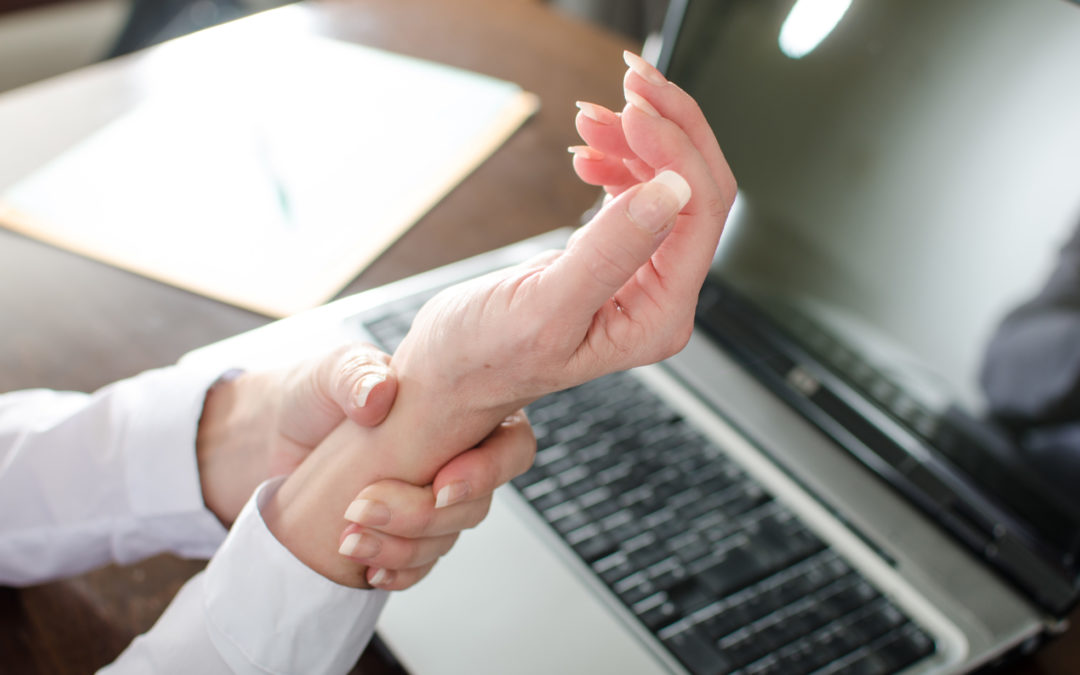
by Comprehensive Orthopaedics | Nov 28, 2018 | pain, Spine, surgery, Wellness
TUESDAY, Nov. 27, 2018 (HealthDay News) –What if a simple zap to the spine could relieve the debilitating lower back and leg pain brought on by a herniated disk? Such is the promise of “pulse radiofrequency” therapy (pRF), which sends...

by Comprehensive Orthopaedics | Nov 26, 2018 | Anti-aging, Wellness
MONDAY, Nov. 19, 2018 (HealthDay News) — Trying to eat a healthier diet? Don’t forget that certain foods can help protect your bones, a nutrition expert says. “Bone disease is often preventable by getting enough calcium and vitamin D into your...

by Comprehensive Orthopaedics | Nov 15, 2018 | Hand, Wellness
Carpal tunnel syndrome occurs when the nerve that runs from the forearm to the wrist becomes squeezed or compressed. The condition can be caused by an injury to the wrist, stress to the joint, rheumatoid arthritis, or repetitive motion of the hand and wrist. Here are...

by Comprehensive Orthopaedics | Nov 6, 2018 | pain, Spine, Wellness
THURSDAY, Oct. 25, 2018 (HealthDay News) — Back pain is a common problem in the United States, but there are ways to protect yourself, an expert says. “The back is a complex structure with many delicate parts, but with good judgment and healthy lifestyle...




